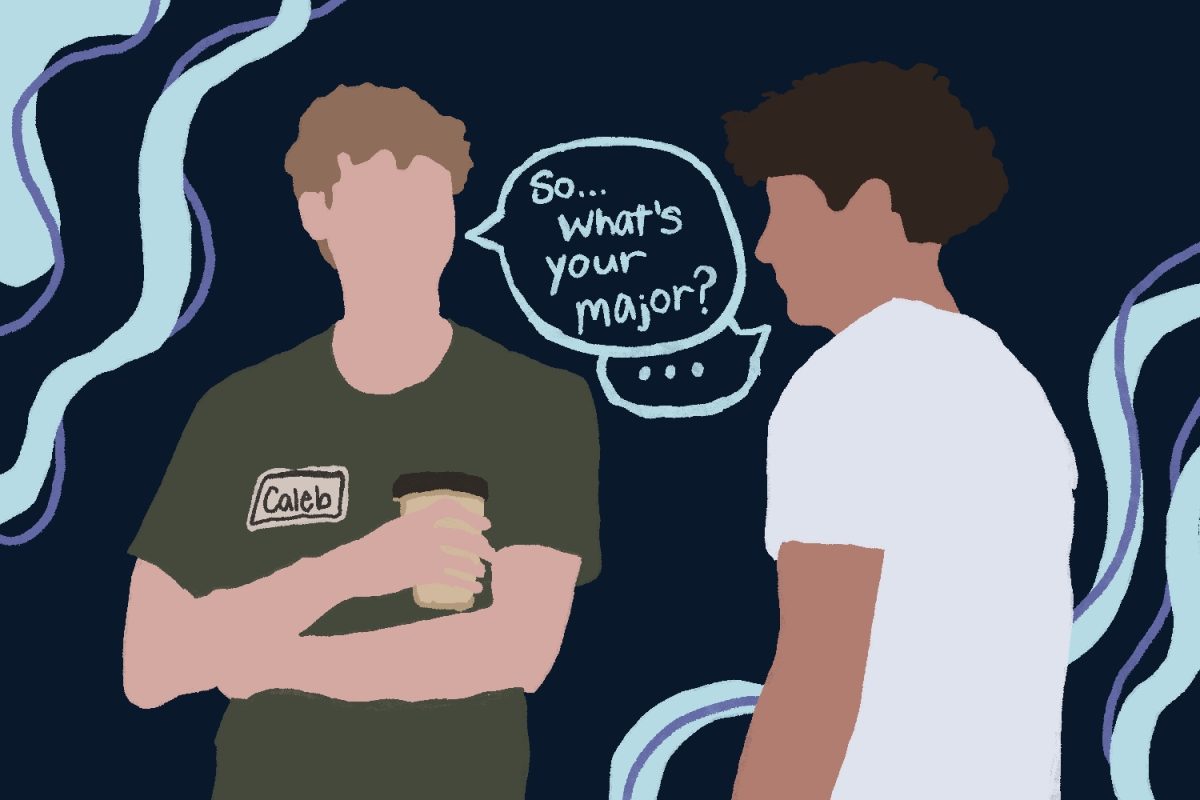Director Todd Solondz informs us multiple times during the course of his film “Storytelling” that it’s difficult to tell a good story. Solondz has already revealed himself to be a gifted teller of darkly humorous tales in “Welcome to the Dollhouse” and “Happiness,” but, unfortunately, he falls victim this time out to one of the biggest problems a storyteller can have: underdevelopment. “Storytelling” isn’t a total failure — it’s more of a curious misfire, an abbreviated effort that raises a few provocative questions but ultimately doesn’t provide us with nearly enough to justify asking them.
“Storytelling” is divided into two smaller films. The first, subtitled “Fiction,” is the story of Vi (Selma Blair, “Cruel Intentions”), a college student in a creative writing class. The second, “Non Fiction,” deals with a documentary filmmaker (Paul Giamatti, “Private Parts”) making a film about a high school slacker named Scooby (Mark Webber, “Drive Me Crazy”). One of the few points the film clearly makes is that the line between fact and fiction is often blurred. In the first film, we see a young writer humiliated sexually, and yet he class still questions the validity of her story. In the second story, we’re shown the way people react to truth and how they distance themselves from it.
Many who disliked Solondz’s previous films argued that Solondz included explicit content merely for shock value. In truth, “Happiness” and “Welcome to the Dollhouse” focused on characters that were often uneasy or awkward, but as weird as they were, they still seemed like human beings and the content was justified. Solondz found humor in their depravity, but also some form of sympathy. There aren’t exactly many “touching” moments in his films, but the pedophile in “Happiness,” for example, is developed enough so that, while his actions aren’t justified, his motivations are shown.
Many of the characters in “Storytelling” seem much more forced and unnatural. All the awkwardness in the world can’t serve as a substitute for lack of depth. The second and longer of the two stories is more successful than the first but it still has problems. Perhaps if the second half had been the entire feature, and had been longer than an hour (the entire film is a slim 87 minutes), then there would have been enough time to get beneath the surface of the characters. The ones in the film now get just beyond the point of being caricatures. There is plenty of frank sexuality and nudity on display in the first part and abuse and trauma in the second, but for once it actually does feel like Solondz is trying too hard to be explicit and shocking without really having a reason to be.
It seems fitting that most of the press prior to the film’s release has dealt with what had been removed from “Storytelling” rather than what had been left in. After clashes with the Motion Picture Association of America over a fairly graphic anal sex scene featuring Vi and her creative writing teacher (Robert Wisdom), Solondz chose to cover up the action by digitally inserting a large red box — completely obscuring the actors — rather than delete it. In addition, large sections of the film were cut after shooting for various reasons. Among the cut material was a large subplot featuring James Van Der Beek and “Welcome to the Dollhouse” star Heather Matarazzo, both of whom are now totally absent from the film.
Whether the cut material would have added to the finished film or not may never be known, but unfortunately, what remains is only somewhat amusing and often seems pointless. In his last two films, Solondz showed an odd understanding of outcasts, and the end results each time was a difficult, challenging portrait. With “Storytelling,” he lacks whatever tact and subtlety he showed when crafting his previous efforts. Here, we see people in questionable situations but are still unsure of Solondz’s motivation for showing them. C+















































































































